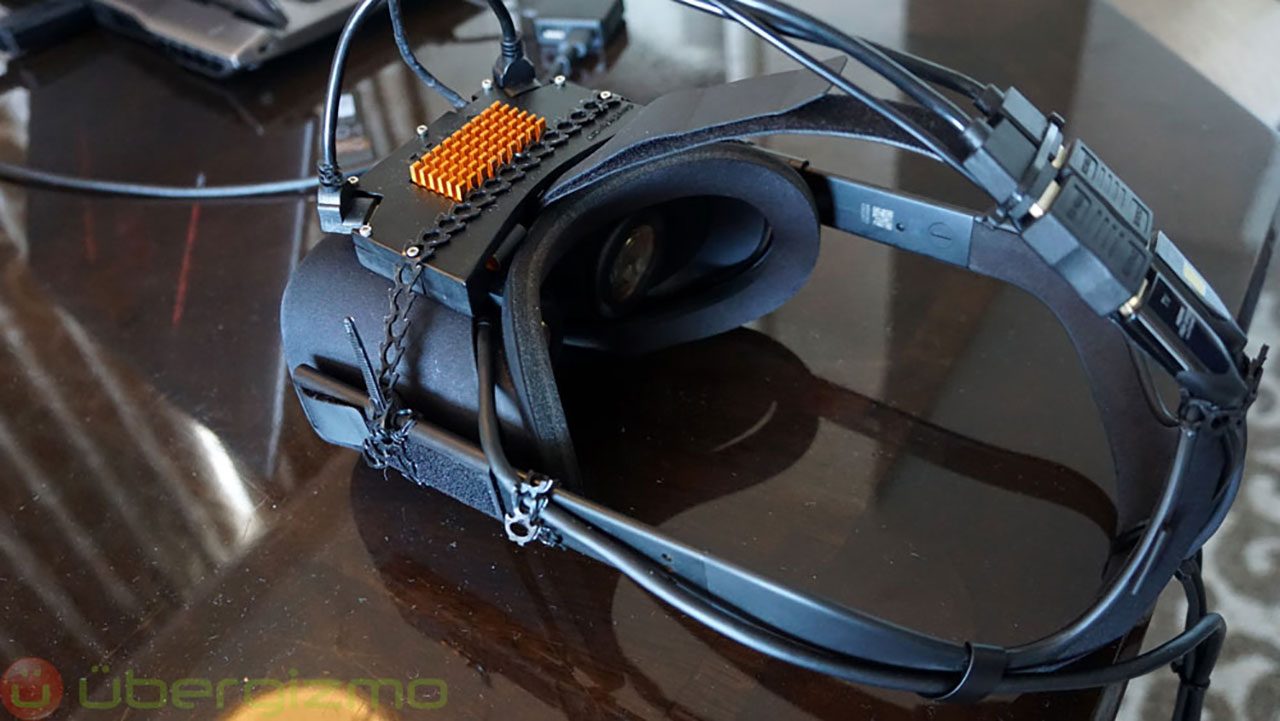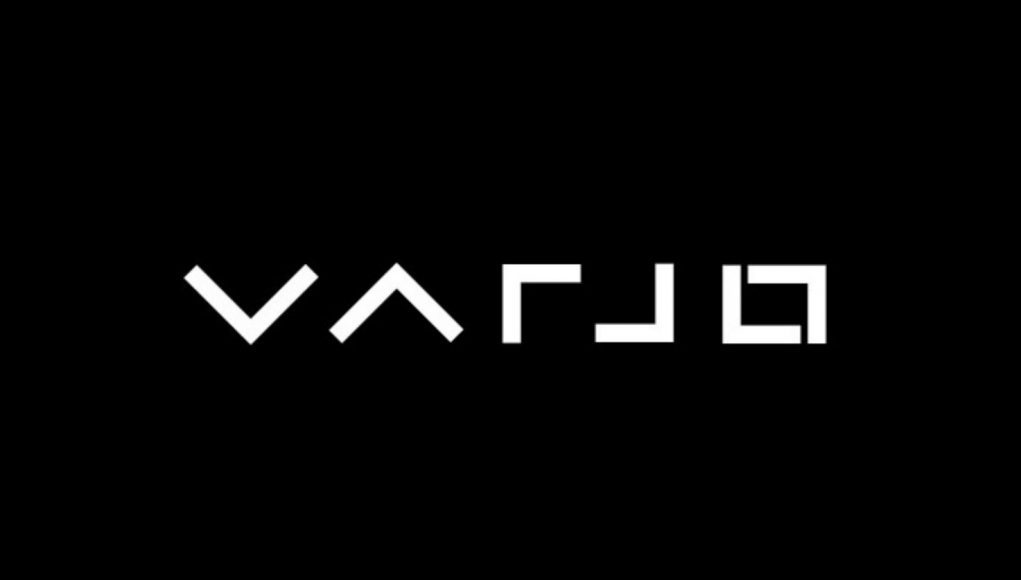Varjo Technologies, a Helsinki-based startup known for its ‘human eye-resolution’ display intended for VR headets, today announced it’s closed an $8.2M Series A funding round that aims to support the upcoming launch of Varjo-branded enterprise VR/AR/XR products.
The Series A was lead by European venture capital fund EQT Ventures Fund, followed by Lifeline Ventures Fund III, The Venture Reality Fund, private investor John Lindfors, Foobar Technologies, Presence Capital Fund I, Bragiel Bros I, and Sisu Game Ventures.
With its eye on producing its own enterprise-facing headsets housing what Varjo calls a ‘Bionic’ display, the company says a Varjo-branded VR/AR/XR products will begin shipping to professional users in late Q4, 2017.

“Varjo is fast growing from a startup to a best-in-class global supplier of VR/AR headsets,” said Urho Konttori, CEO and founder of Varjo Technologies. “We are now moving past research into the development stage and are so glad to achieve this in collaboration with EQT Ventures. We clicked the moment we met with them – the team literally started on go-to-market strategy during our first meeting. With EQT Ventures, we not only have a VC, but a true partner in growth.”
Varjo calls their prototype “20|20”, saying that it’s specifically designed for professional users and with resolutions more than 70 times beyond any currently shipping or announced head-mounted display.

Tech Crunch got a hands-on with an early demo of Varjoi’s tech back in June, which packed a pair of high-resolution Sony MicroOLED displays measuring 0.7 inches diagonally, boasting 3,000 pixels per inch (PPI). As a significant jump from Oculus Rift of HTC Vive‘s 447-461 PPI, the chief complaint with these microdisplays is they typically don’t provide an acceptable field of view (FOV) for the purposes of VR, but Varjo says their upcoming VR headset will ultimately deliver an 100 degree FOV, just shy of the Rift or Vive’s 110 degree FOV.
The company is so far staying mum on any other specifics surrounding their headset.







